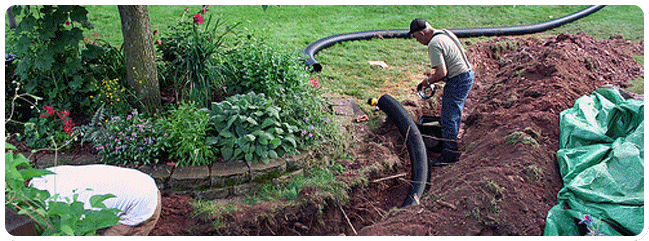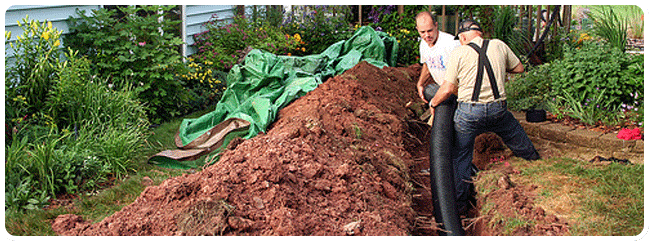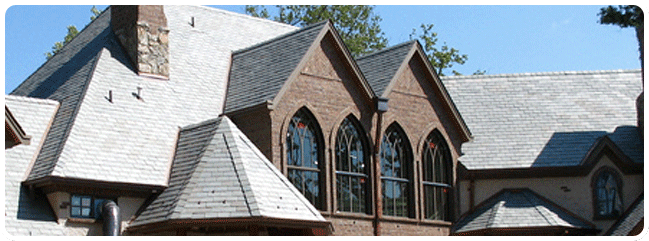If you’re like most people, you may not give much thought to your home’s chimney flue. But this component of your chimney system is actually very important — it plays a crucial role in ensuring that your fireplace operates safely and efficiently. So, what exactly is a chimney flue, and what does it do? Keep reading to find out!

What is a chimney flue?
A chimney flue is a vertical passage or duct that runs from the firebox (where the fire burns) to the top of the chimney.
Technically, a flue is any open vertical space in a chimney that allows smoke to escape the home from the firebox. But because every chimney’s flue must be lined, a chimney liner is usually referred to as the flue, as well.
Every wood-burning or gas fireplace has a flue. Gel and faux fireplaces do not have chimneys or flues.
Chimney flues have traditionally been made from fireclay flue tile. More recently, stainless steel flues are used in addition to clay tile. Source: TheSpruce
How does it work?
Heat rises. It’s a scientific principle we’ve been taught from the earliest age. And that’s basically how your chimney flue works. Your chimney is probably brick or masonry. These bricks retain the heat from your fire. The flue inside your chimney is most likely lined with tile or stainless steel. This protects your home and also helps replace the cold air inside your house with warm air from your fire.
Simply, the chimney, with the flue inside, runs from your fire to the outdoors. The flue uses what’s called the “stack effect” to direct gas, smoke and debris up and out of your home instead of into it. The stack effect occurs when the heat of your fire encounters the cold of the air outside. Under these conditions, the lighter gas travels up as the heavier cold air travels down.
Not only does the stack effect remove gas from your home, the cold air it’s forcing down feeds oxygen to your fire. This can obviously bring cold air into your home, defeating the entire purpose of your fire. Enter the damper. Source: Rent
How to fix problems with your flue?
Problems with the flue can make the fireplace operate inefficiently or impede the draw effect and the proper venting of exhaust. If your fireplace smokes heavily and the damper if fully open, the flue could be blocked at some higher point by soot, creosote debris, a trapped animal or even a bird nest. If smoke comes into the room, it’s best to hire a professional chimney sweeping service. If the fireplace smokes a little or occasionally, make sure the damper is in the fully open position. It may be jammed in a semi-open position or broken, in which case you’ll need to hire a chimney service to repair or replace it. Another issue could be the draw, when the top of the flue is not exposed to enough clear air flow. Whether a tree or bush has grown up around the flue vent or a building addition has changed the movement of air around the flue, even subtle limitations of air flow can change flue function dramatically. This can often be solved by increasing the length of the flue with a stretcher piece or a chimney exhaust fan. Source: eHow
If you’re not sure whether your flue needs cleaning, give us a call. We’d be happy to inspect it for you and recommend the best course of action!
Contact:
Kerrisdale Roofing & Drains
168 W 71st Ave, Vancouver, BC V5X 4S7
(604) 360-2114



















